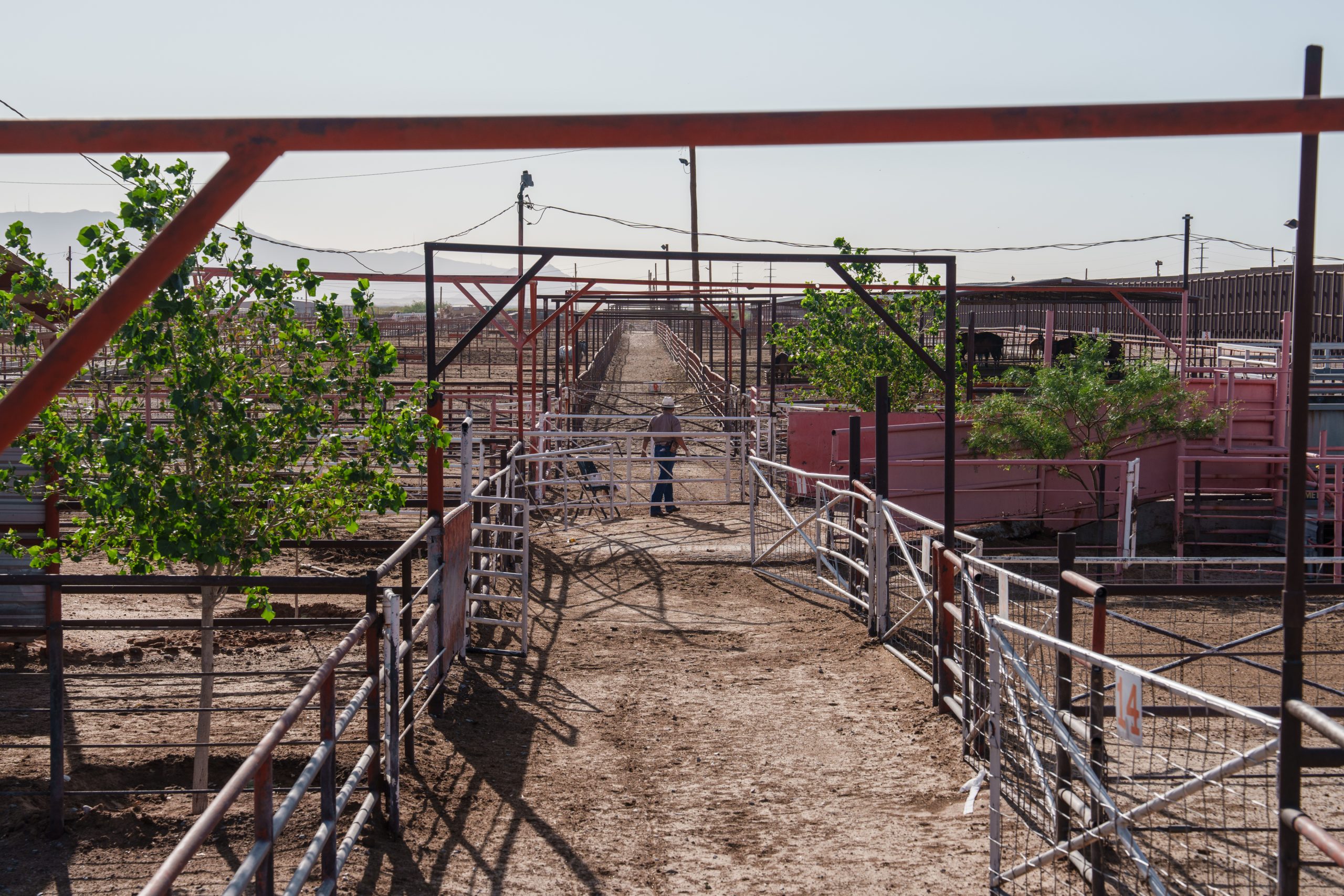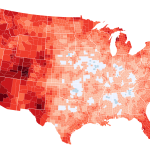Screwworm’s US Resurgence: A Case Study and Warning
A Maryland resident’s recent infection with New World screwworm larvae, a first in over 50 years within the US, has raised concerns beyond the immediate medical case. While the individual has recovered and there’s no evidence of local transmission, the incident serves as a stark reminder of the potential devastation this parasite could unleash on American agriculture. The case highlights a critical vulnerability in the nation’s biosecurity infrastructure and underscores the need for proactive measures.
A Parasite’s Potential Impact on Agriculture
The New World screwworm (
Cochliomyia hominivorax
) is a parasitic fly whose larvae burrow into the flesh of warm-blooded animals, causing painful wounds and, if left untreated, death. Historically, screwworms ravaged livestock across the southern United States, inflicting significant economic losses. A highly effective eradication program, employing the sterile insect technique, successfully eliminated the parasite from the continental US by the 1960s. However, the recent case, contracted during travel to El Salvador, demonstrates the parasite’s persistent presence in other regions and the potential for reintroduction. The potential resurgence of screwworm infestations in the US could have catastrophic consequences for the livestock industry, impacting beef, pork, and other animal agricultural sectors. The economic losses, considering the scale of US animal agriculture, could be immense, potentially impacting food security and rural economies.
Biosecurity Gaps and Future Preparedness
This incident underscores critical gaps in biosecurity preparedness. While the immediate threat may seem minimal, the potential for the parasite to establish itself in the US poses a significant long-term risk. The ease with which the parasite can spread, particularly through the movement of infected animals, highlights the need for robust border control measures and enhanced surveillance systems. Experts are now calling for a reassessment of existing biosecurity protocols, including increased screening at ports of entry and a renewed focus on early detection and response strategies. Investing in research into more effective control methods, beyond the sterile insect technique, is also crucial. The current case serves as a valuable, albeit alarming, lesson in the importance of continuous vigilance and proactive investment in preventing the re-emergence of devastating agricultural pests.
Conclusion: A Call for Action
The isolated case of New World screwworm infection in the US should not be dismissed as a mere anomaly. It acts as a wake-up call, highlighting the vulnerability of the nation’s agricultural sector to invasive pests. A multi-pronged approach, involving strengthened border security, improved surveillance, and research into new control methods, is essential to prevent a potential resurgence of this devastating parasite and safeguard the American livestock industry and food supply. The cost of inaction far outweighs the investment needed to secure our biosecurity.
Based on materials: Vox





